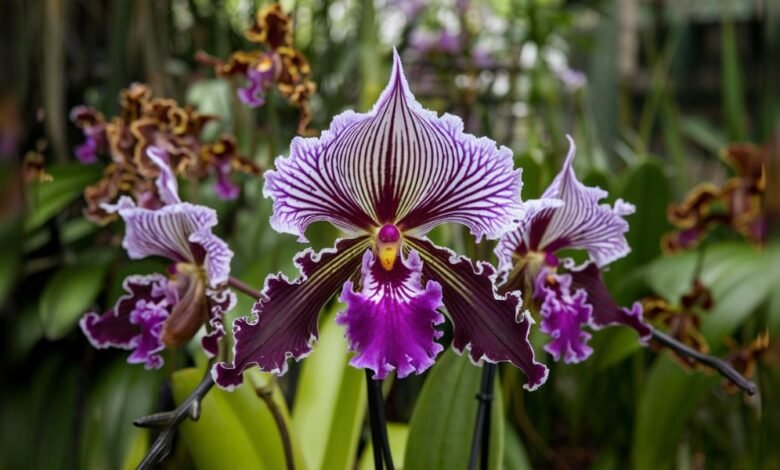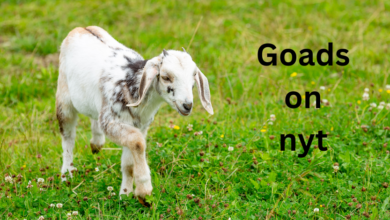A Deep Dive into the L Aracasai Strain: A Rare and Precious Orchid

Introduction
Among the most demanded and appreciated species, however, stands the L’Aracasai strain. This orchid is one of a kind, different in its characteristics and majestic in beauty, and for centuries has been capturing orchid enthusiasts and botanists’ hearts. In this article, we will delve into the remarkable world of the L Aracasai Strain. We will disclose to you its origins, characteristics, cultivation, and the challenges it faces.
Origins and History
A Brazilian native orchid is known by the L Aracasai Strain, or Cattleya aracazai in scientific notation. A plant that lives epiphytically, in the moist climate of tropical Amazonian basin forests. The name Aracasai refers to a local tribe that originally inhabited the area where the orchid was discovered.
Distinctive Characteristics
The L Aracasai Strain is renowned for its unique characteristics, which set it apart from other orchid species. These include:
- Fragrant Blooms: The orchid produces large, fragrant blooms that are often a blend of pink, purple, and white.
- Lip Shape: The lip of the flower is distinctive, often shaped like a heart or a tongue.
- Growth Habit: The L’Aracasai is a monopodial grower, meaning it grows a single stem with leaves and flowers emerging from the top.
- Resilience: Despite its delicate appearance, the L Aracasai Strain is relatively resilient and can adapt to various growing conditions.
Cultivation and Care
Cultivating the L’Aracasai strain requires specialized care, as it has specific requirements for light, temperature, humidity, and potting medium. Here are some key factors to consider:
- Light: The L’Aracasai prefers bright, indirect light. Avoid direct sunlight, as it can scorch the leaves.
- Temperature: Ideal daytime temperatures range from 75-85°F (24-29°C), while nighttime temperatures should be slightly cooler, around 60-65°F (15-18°C).
- Humidity: High humidity is essential for the L’Aracasai strain. Aim for a humidity level of around 70-80%.
- Potting Medium: Use a well-draining potting mix specifically designed for orchids. A mix of bark, perlite, and charcoal is often recommended.
- Watering: Water regularly, ensuring the potting medium dries out slightly between waterings. Avoid overwatering, as this can lead to root rot.
Challenges and Conservation
The L’Aracasai strain faces several challenges, including:
- Habitat Loss: Deforestation and habitat destruction in the Amazon rainforest pose a significant threat to the orchid’s survival.
- Illegal Collection: The L’Aracasai is a highly sought-after orchid, and illegal collection for the ornamental trade can put it at risk.
- Climate Change: Climate change can disrupt the orchid’s natural habitat and affect its growth and reproduction.
A conservation effort is important to protect the L’Aracasai strain so that its existence will continue as well. Such efforts include habitat preservation, sustainable cultivation of orchids, and education on the importance of conserving biodiversity.
FAQs
How often should I repot my L’Aracasai orchid?
Repot your L’Aracasai every 1-2 years to provide fresh potting medium and prevent root rot.
Can I grow a L’Aracasai orchid outdoors?
If you live in a tropical or subtropical climate with high humidity, you may be able to grow a L’Aracasai orchid outdoors.
What are the signs of a healthy L’Aracasai orchid?
A healthy L’Aracasai orchid will have vibrant green leaves, healthy roots, and regular blooms.
Can I propagate a L’Aracasai orchid?
Yes, you can propagate a L’Aracasai orchid by dividing the plant or by starting from keikis (small plantlets that grow on the mother plant).
What is the best time of year to bloom a L’Aracasai orchid?
The L’Aracasai orchid typically blooms in spring or early summer.

